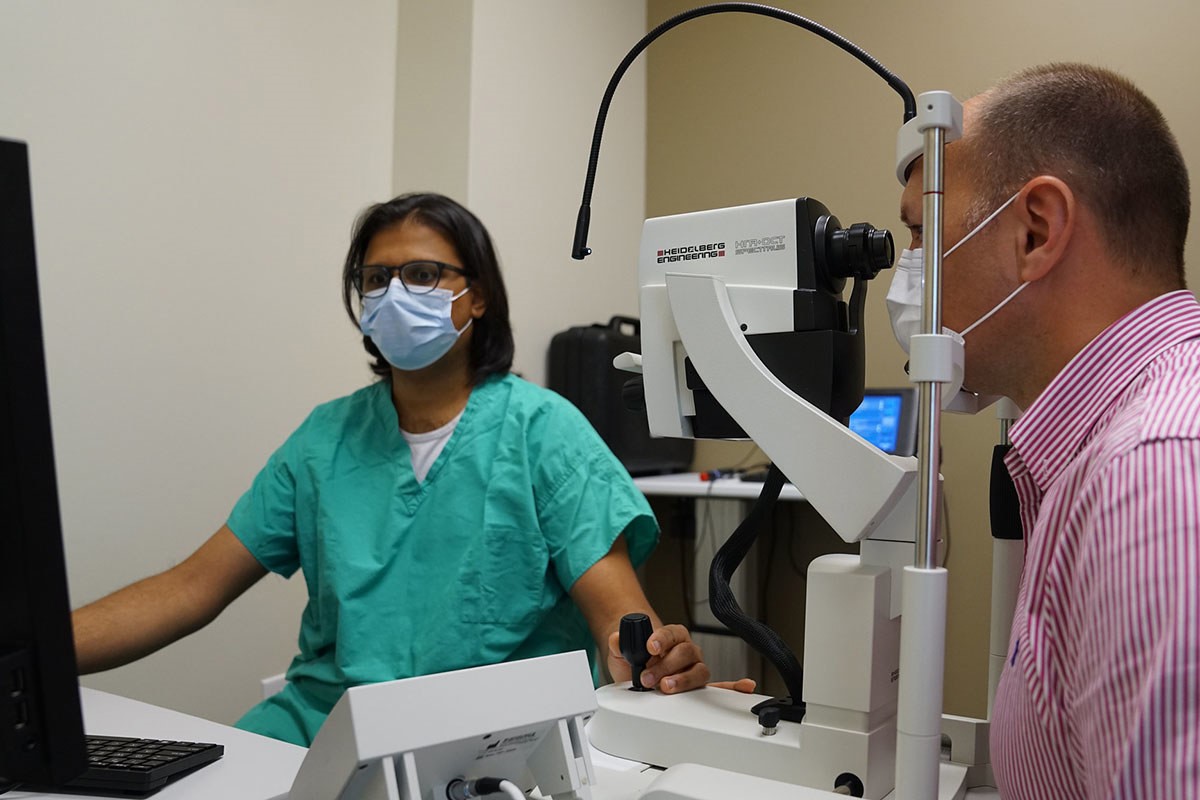Rabin Medical Center Conducts Eye Study in Space

University of Central Florida doctors, in collaboration Israel’s Rabin Medical Center, will complete the first eye study in space using optical coherence tomography angiography (OCTA) to examine how the microgravity environment of space affects the structure and function of the eye in a condition called “spaceflight-associated neuro-ocular syndrome” (SANS) that typically occurs in astronauts. The most commonly reported symptom of SANS experienced by astronauts is decreased near vision.
UCF Health ophthalmologist Mehul Patel elaborates, “In a microgravity setting, one of the theories is that there is fluid buildup and congestion inside of the orbit, which is the bony space in which our eyeballs rest. And so, if there is a buildup of fluid even in short duration flights, that exerts pressure on the eyeball which changes how blood enters the eye and leaves the eye and the actual shape of the eye.”
Dr. Patel describes the high-definition imaging technology, “…this newer OCTA technology can be compared to a 4K or 8K TV and those high-definition cameras that are allowing you to see greater depth and clarity. So, we can now do something similar in the back of the eye, to really look at detail and definition of blood flow and vascular changes in the back of the eye.”